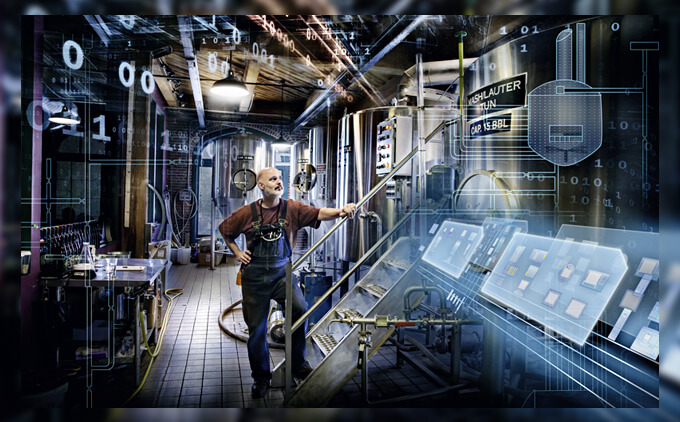
3 ways Augmented Reality and IoT can transform your service team | IoT Now News & Reports
Modern service teams are winning customer trust and increasing service profitability by optimising every aspect of the service dispatch— from how they communicate with connected products to how they train technicians and scale expertise.
This report by PTC explores 3 ways your company can optimise service dispatches in the era of the connected worker.
How to train, troubleshoot and repair with remote monitoring and AR
Digital transformation throughout the service process is improving key on-site metrics, such as first-time-fix-rates (FTFR) and mean time to repair (MTTR). Innovations in augmented reality (AR) and remote monitoring through the Internet of Things (IoT) provide technicians with actionable information that can help them train more effectively, troubleshoot equipment more efficiently, and make on-site repairs quickly in just one visit—while reducing overhead and increasing customer satisfaction.
Service teams can learn faster and troubleshoot easier using a three-pillar approach to digital transformation. With the help of integrated insights from remote monitoring data from the field, visual augmented reality (AR) training, and remote over-the-shoulder support from domain experts, technicians can reduce on-site time and improve customer satisfaction.
How Augmented Reality helps your service technicians to work faster not harder
With turnover rates averaging 31.5% and thousands of domain experts retiring every day, service-oriented organisations are looking for new ways to modernise their training strategies and slow workforce attrition.
AR-powered training improves on conventional training by enabling virtual at-scale 3D product visualizations and overlay experiences that help technicians understand products and service workflows faster.
AR enables technicians-in-training to visualize the insides and outsides of a product without physically taking it apart, while simultaneously demonstrating correct service procedures in a comprehensive way that transcends written instructions. As a result, trainees retain more knowledge, build confidence, and require less on-the-job mentoring throughout the
ramp up period.
5 reasons why you should use Augmented Reality training:

How does remote monitoring speed up repair time and boost customer service?
The most effective dispatch is the one that never happens. Remote monitoring enables technicians to connect to deployed equipment and evaluate performance based on real-time data — before they arrive on-site. As a result, service technicians can get started on repairs immediately, without prolonging costly downtime. With valuable machine insights through remote monitoring, service teams can:
With the connectivity direct to field assets, technicians can also solve these
issues before the customer is even aware. Even with remote monitoring, on-site technicians still hit service delivery roadblocks, such as an unfamiliar product configuration or inadequate work instructions. This turns into a waste of customer’s time and internal resources.
How Augmented Reality helps service technicians solve customer issues faster
Remote assistance solutions help service providers resolve customer issues faster by connecting on-site individuals with a remote domain expert. Remote experts can use AR applications to provide hands-on procedural guidance without physically being on-site, saving the technician from a return to base or second truck roll. On-site technicians can minimize idle time and service teams can reduce costs associated with extended customer downtime. With live remote assistance, companies can:
5 reasons why service providers are using remote assistance:
How Digital Transformation optimises service dispatches
Digital transformation empowers technicians with tools to optimize on-site service visits. AR and IoT enable service providers to increase FTFR and MTTR, which ultimately helps to increase customer satisfaction.
Enterprises like yours are already differentiating themselves by implementing innovative, customer-centric approaches to service. The value that service providers can deliver to customers is on full display during an on-site dispatch.
This report first featured on www.IoT-Now.com
This content was originally published here.


